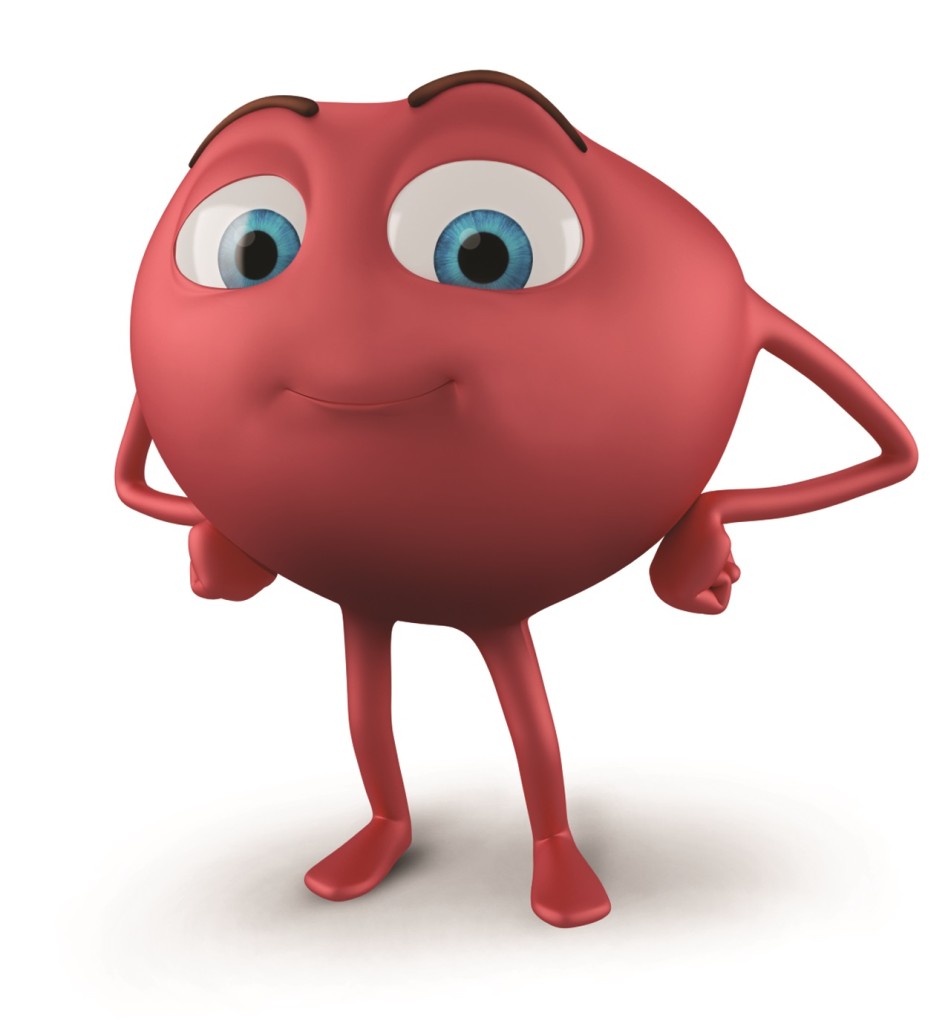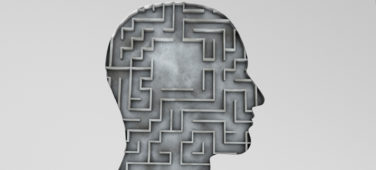The use of animated characters in pharmaceutical campaigns has a long history. Even dating back to the 1950s— remember Speedy Alka-Seltzer and his infamous jingle? The trend of incorporating these characters into pharma campaigns has picked up in recent years and the latest one comes from Astellas’ new campaign for Myrbetriq. Walt Johnston, Vice President of U.S. Marketing and New Product Planning at Astellas, spoke with PM360 about the reason for using an animated character and the process behind creating one.
PM360: Why did you choose to include this new “Bladder Character” in your campaign for Myrbetriq?
Walt Johnston: We wanted to talk about the condition of overactive bladder (OAB) in a relatable and engaging way. The animated bladder character concept brings to life a woman’s inner dialogue and shows the bladder character “calling the shots” by interrupting her and urging her to go to the bathroom. The concept also allows us to address the potential benefits of discussing medical conditions with a healthcare provider.
How do you try to balance the seriousness of having an illness with the lightheartedness usually associated with animated characters?
That’s exactly the point. Many people feel too embarrassed to speak to their healthcare provider about their symptoms. By introducing an approachable character, we hope to inspire that “enough is enough” moment that initiates a conversation.
What goes into the process of deciding what an animated character for a pharma campaign should look like?
There’s actually quite an extensive process that determines how the look and feel of the character will help accomplish our goals. We define the character’s traits and personality, role and responsibility, movement, range of facial expression and style among other factors to guide the animation.
How many different iterations of this character did you go through before deciding on the final version?
The bladder character was developed over a six-month time frame. We explored colors and size of the eyes and thought seriously about the question: “Should it wear clothes?” Ultimately, market research showed that the iteration currently in the ad was the best fit for our target demographic (see below).
What was the inspiration behind the character? Who came up with the idea?
We worked with our agency partners to conduct market research on how best to engage with the female demographic. Research showed that an animated character would allow us to portray the physical burden associated with OAB in a way no other concept could.
Have you received any feedback about the campaign from OAB patients?
The bladder character was well-received among the female demographic. Women felt the bladder character would help them start a conversation with their doctor about the OAB symptoms they experience.
When deciding to take action, audiences described similar moments of empowerment when they decided “enough is enough” and spoke with a doctor about treatment options as portrayed in the advertisement.









